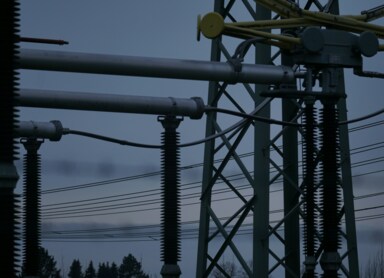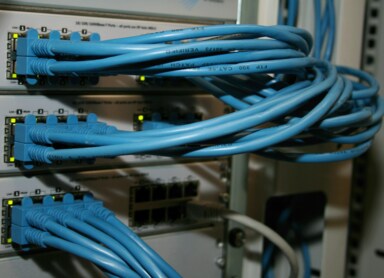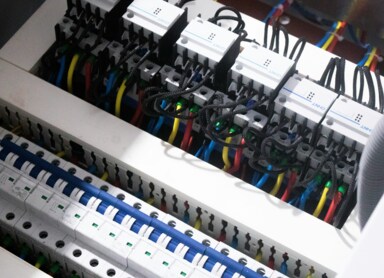Photovoltaic micro-installations: definition, installation and benefits
Nowadays, with pollution and climate change a growing concern, more and more people are looking for ways to reduce their carbon footprint and contribute to a sustainable future. One such solution is a micro photovoltaic system. What is it and how can it contribute to our energy independence? We invite you to learn more about the topic.
Micro installation - what is it? Definition
A micro-installation is a small system that uses solar energy to produce electricity. It is a type of photovoltaic installation that is designed for smaller buildings such as single-family homes, small offices or farms.
Unlike larger photovoltaic installations, micro-installations are more scalable and can be adapted to specific needs and conditions.
Investment in a photovoltaic micro-installation - up to how many kW?
Photovoltaic micro-installations are typically designed to generate up to 50 kW. This scale is suitable for smaller energy consumers such as individual households or small businesses. With the total installed capacity, micro-installations are able to provide a sufficient amount of electricity while minimising installation and maintenance costs.
How do photovoltaic micro-installations work?
Photovoltaic micro-installations work by using the sun's energy to generate direct current, which is then converted to alternating current and supplied to the building's electricity grid or stored in batteries. The process is based on the use of photovoltaic cells, which convert solar energy into electricity by means of the photovoltaic effect.
Installation of a photovoltaic microinstallation
The basic element of the micro-installation is the solar panel, which consists of a number of photovoltaic cells. The solar panels are mounted on the roof of a building or in another suitably sunny area. Solar energy is absorbed by the panels and converted into electricity. This current is then routed to an inverter, which converts it from direct current to alternating current - this can be used to power electrical appliances inside the building or transferred to the electricity grid.
Photovoltaic micro-installations also have monitoring systems to track energy production and consumption. This allows users to have full control over the performance of their installation and consciously manage their electricity use.
Photovoltaic micro-installation - summary
Domestic photovoltaic micro-installations are the perfect solution for individuals and businesses striving for sustainability and energy independence. They allow us to use solar energy to produce our own electricity, reducing our dependence on conventional energy sources and contributing to the reduction of greenhouse gas emissions. Photovoltaic micro-installations are scalable, adapting to our needs and conditions, while being economically viable. They are energetic steps towards a sustainable future in which solar energy plays an increasingly important role.






